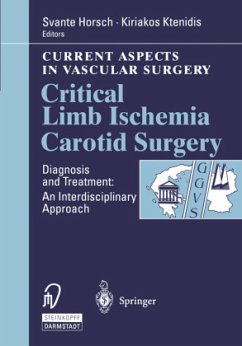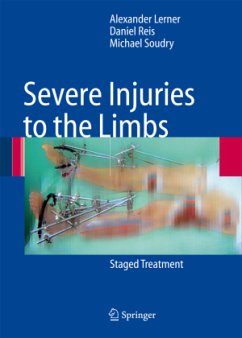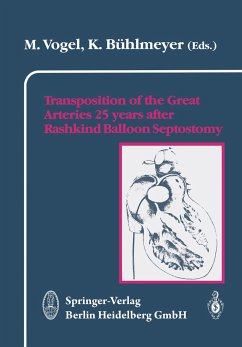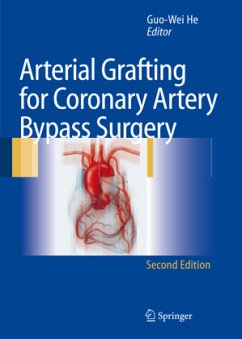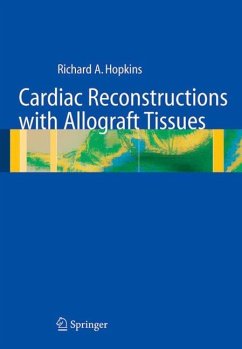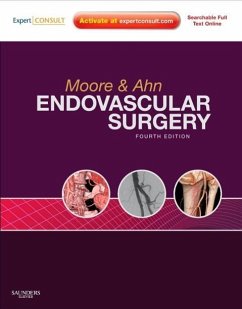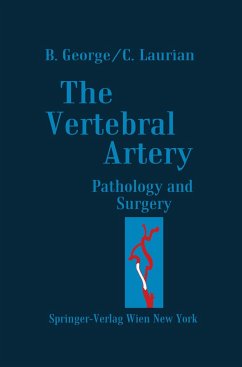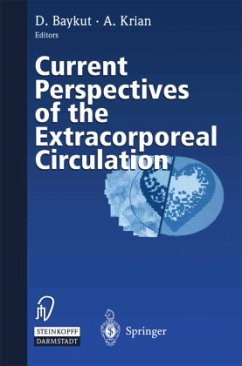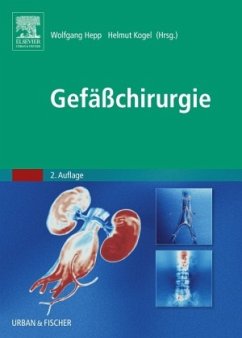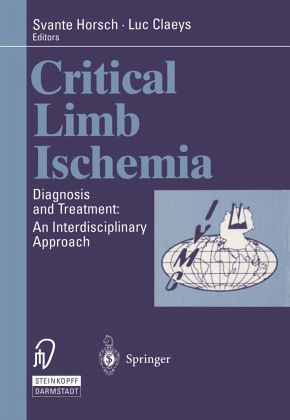
Critical Limb Ischemia
Diagnosis and Treatment: An Interdisciplinary Approach
Ed. by Svante Horsch and Luc Claeys

PAYBACK Punkte
38 °P sammeln!
Chronic critical limb ischemia remains one of the most frequent causes of illness and hospitalization in the western world. Interest in critical limb ischemia has increased markedly in recent years. There have been significant achievements in diagnostic pro cedures as well as in the medical, invasive, and surgical treatment of patients with critical limb ischemia. Despite a considerable research effort, the pathophysiological mechanisms of critical limb ischemia in humans remains to be established. Prominent is the increasing interest in the microcirculation, as well as in the hemorheological,...
Chronic critical limb ischemia remains one of the most frequent causes of illness and hospitalization in the western world. Interest in critical limb ischemia has increased markedly in recent years. There have been significant achievements in diagnostic pro cedures as well as in the medical, invasive, and surgical treatment of patients with critical limb ischemia. Despite a considerable research effort, the pathophysiological mechanisms of critical limb ischemia in humans remains to be established. Prominent is the increasing interest in the microcirculation, as well as in the hemorheological, hemostatic and inflammatory changes which may promote critical limb ischemia. Further research is necessary to quantify the relevance of microcirculatory in vestigations in terms of predicting the prognosis or to evaluate the effects of new therapies. Our main task is to offer the patient the best possible therapy in order to avoid limb loss and to improve quality of life. The various methods of treatment, their suc cess rates, and their complications, must be carefully evaluated and discussed. This volume presents the complex field of diagnosis and treatment of critical limb ischemia. The diagnosis and treatment involves different specialists including angio logists, interventional radiologists, vascular surgeons, plastic surgeons, diabeto logists, etc. Individual chapters have been written by Belgian and German experts in the various specialities, who present their own experience. We are very grateful that these experts have joined us to produce this book on the epidemiology, pathophysiology, and rational therapy.



